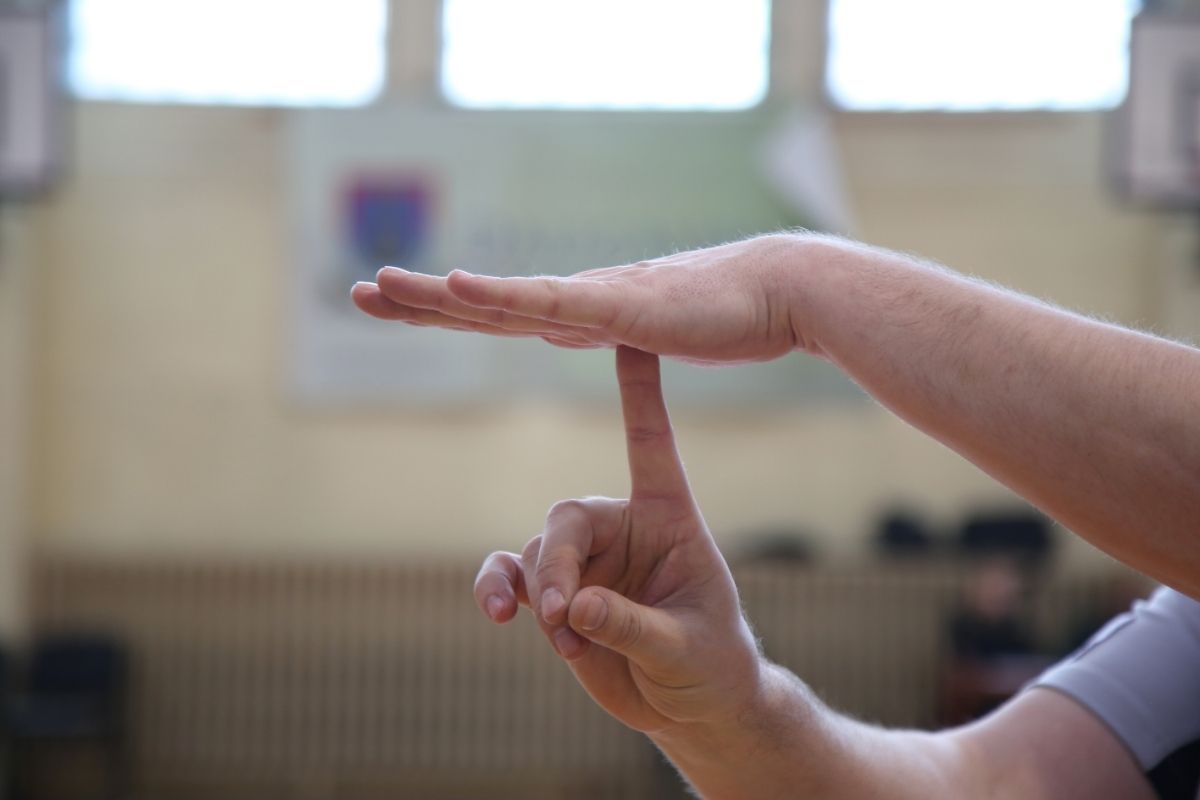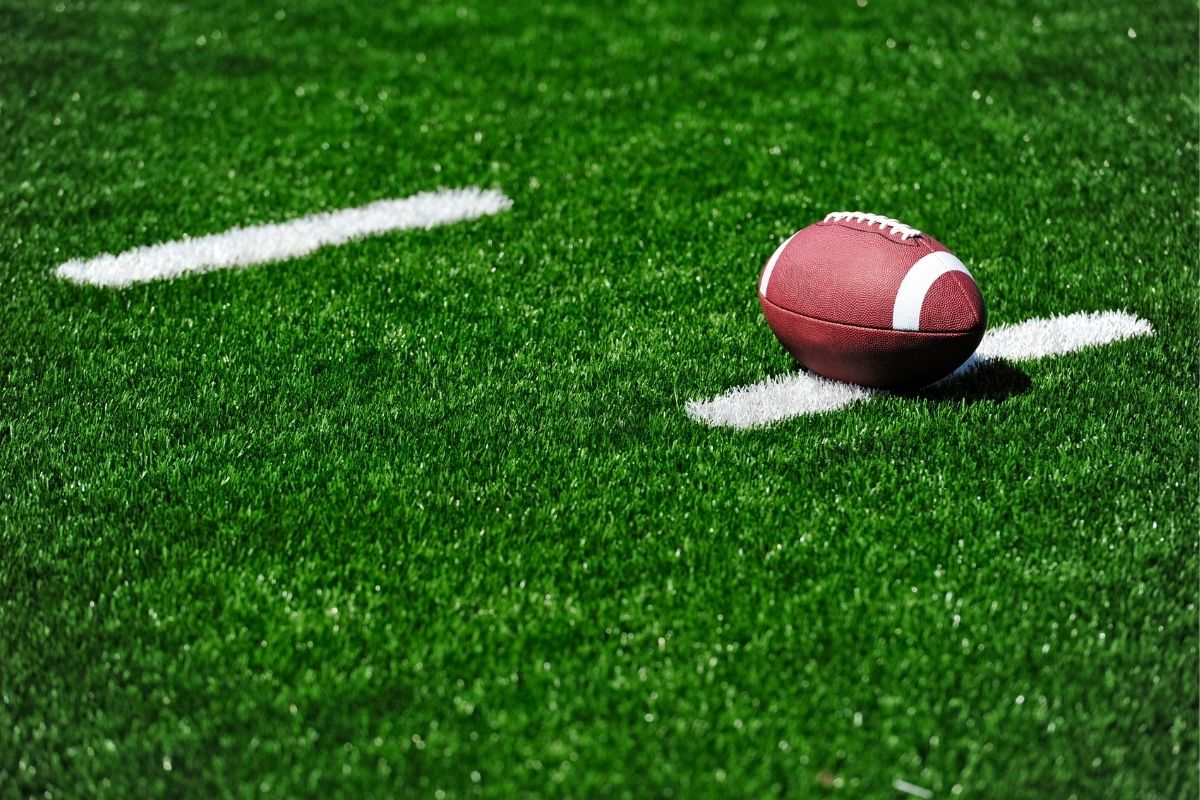Much like other sports, Basketball has a number of rules in which players, coaches and referees adhere to.
Basketball games run in periods of specific minutes which allows opposing teams to have equal playing time.


However, you might be watching a game and find there to be quite the number of breaks throughout. Strange right?
In this helpful guide we explain the ins and outs of basketball timeouts. Their length and why coaches or players use them to their advantage.
Continue reading to improve your basketball know-how.
Rules Of Timeouts
As the general rules for basketball remain the same throughout the different leagues such as shooting the ball into your team’s basket. Timeouts vary.
This is to ensure each level of player is granted fair timeouts. Timeouts are called to stop the game clock and the shot clock from continuing temporarily.
The shot clock will continue from where it stopped once the game resumes.
NBA Timeout Rules
As of 2017, the NBA now allows for both teams to conduct seven timeouts throughout the game with each timeout lasting 75 seconds.
Although, there are conditions of when these timeouts may be used.
To ensure the game runs smoothly each team can use up to four timeouts in the fourth quarter.
Each team can also only use two timeouts within the last three minutes of the game.
College/ NCAA Timeout Rules
In college league basketball, timeouts are given different restrictions. Both teams are given six timeouts that are either 75 seconds or 30 seconds in length.
This is divided into four 75 second timeouts and two 30 second timeouts which can be used throughout the entirety of the game.
High School Timeout Rules
When its comes to high school basketball, the rules differ more regularly than in the NBA.
Each state offers their own rules for timeouts which can become mildly confusing when players begin advancing in levels.
However, the standard amount of timeouts in the high school league is five.
Each time is provided with three full timeouts (75 seconds) and two 30-second timeouts. These can be implemented at any point during game-time.
Overtime Timeout Rules
Whilst each time is granted with a limited number of timeouts throughout the duration of the game, the tournament may require overtime in order to establish a winner.
Within overtime each team is given further timeouts.
NBA Overtime Rules
In the event of overtime, teams in the NBA are entitled to two timeouts.
These can last up to 60 seconds and be called at any time during the overtime period.
If another overtime period occurs, each team is given a further two timeouts.
College Overtime Rules


However, in the college league the teams unused timeouts will be continued into overtime. Whether that be a 75 second or 30 seconds timeout.
This means both teams have to be well-equipped in time-management of the game.
They are also given one final timeout of 75 seconds for every overtime period.
Why Call A Timeout?
Now that we know the rules of timeouts and their lengths for each league, its important to understand why teams call a timeout.
A timeout can be called by any player or coach on either team.
This is done through creating a “T” with their hands and yelling “Timeout” to the officiate.
To ensure timeouts are not being overused, there are certain situations in which a team can call a timeout. For example, when the ball is dead.
This occurs when a ball is out of bounds or a foul shot has been attempted or a foul has been committed.
A team may also call a timeout when they have possession of the ball.
The defending team cannot request a timeout however, if this occurs and the referee blows their whistle, the request is granted.
In the event that a team calls for a timeout when they have used all of theirs, a technical foul will be called.
This can result in the opposing team receiving possession of the ball and a single free throw.
Teams are reminded of how many timeouts they have to avoid technical fouls taking place.
There are various reasons for a team to call a timeout with the main goal to improve their position in the game.
Here are a few examples of when a timeout is used:
- To substitute a player – when a player on the court switches with a player on the bench.
- To stop the clock – When in the last few minutes, players may call a timeout to change their strategy or create a new play
- Rest – As players continuously run the court, a 30 second timeout can allow players a chance to catch their breath or drink some water before continuing the game.
Mandatory Timeouts
Often NBA and NCAA games are broadcasted. This requires there to be time for advertisements throughout the duration of the game.
These timeouts can only be taken at certain times in the game.
Signaled by officials, the NBA has two mandatory timeouts per quarter. Taking place after the clock ticks under 6.59 and 2.59 at the next occurring dead ball.
However, throughout men’s college basketball mandatory timeouts are taken after the 16, 12, 8 and 4 minute marks.
These timeouts were created to not only allow the media to air commercials but for players to rest and recover throughout the game.
Summary
To summarize, the length of a timeout depends on the league you are watching.
NBA teams are given seven timeouts lasting 75 seconds. These can only be used within certain timeframes and in certain situations.
Calling a timeout when your team has none left to use will result in a technical foul.
This can cause the opposing team to be granted possession of the ball and allow them to score, earning more points.
In the event that overtime occurs, each team is given a further two timeouts which can last up to 60 seconds.
Timeouts are mainly used to strategize a different play to improve the team’s game position or to allow players to rest and hydrate throughout the game.
Overall, timeouts, when used correctly, can be advantageous to the team and further improve their position throughout the game.
- Can You Play Pickleball on Grass? Tips and Tricks - June 12, 2023
- Do Pickleballs Wear Out? Everything You Need to Know - June 12, 2023
- Can You Play Pickleball on Concrete? A Guide to Playing on Hard Surfaces - June 12, 2023








